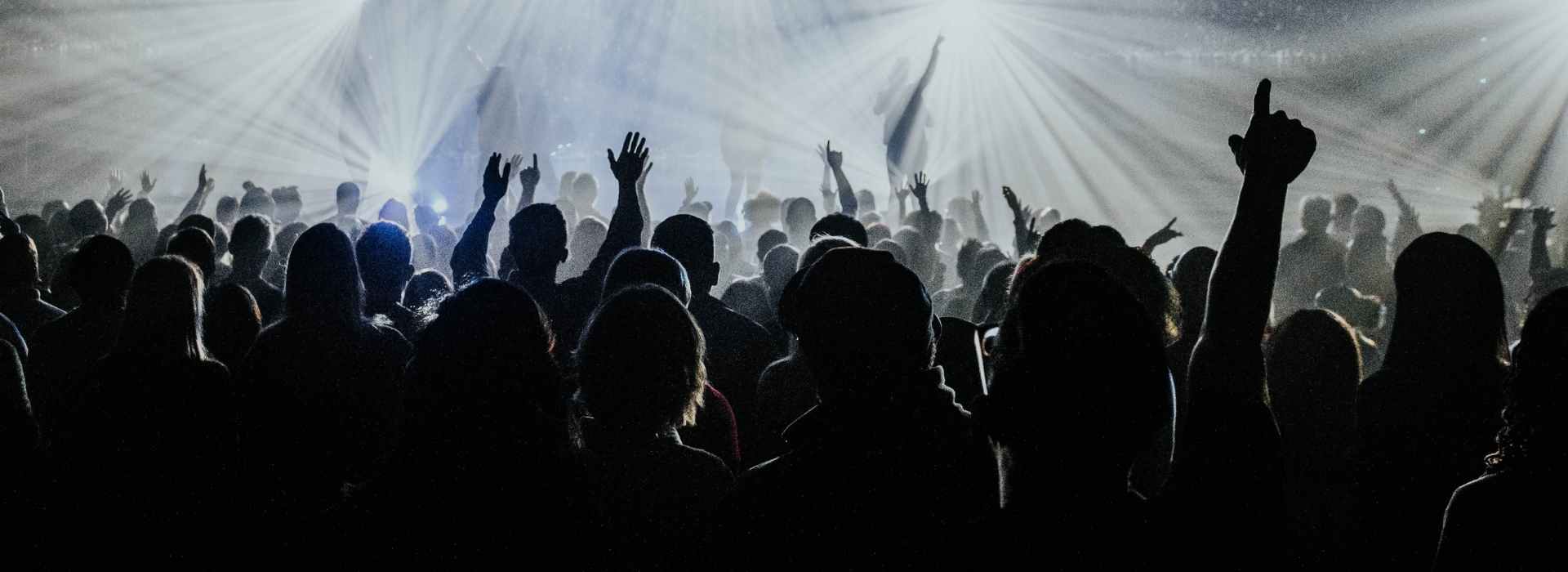Whether your nightclub is packed nearly to capacity, or your art gallery is scattered with discerning viewers, it’s important to be able to estimate turnout and attendance at any point during your event. You may want to compare capacity at different points throughout the event, or just have an overall sense of attendance numbers. Here are the main ways you can estimate turnout to your events:
1. Online Registrations
Create an event registration page and track the number of registrations. This is a direct indicator of interest and attendance.
2. Pre-Event Surveys
Send out pre-event surveys with a tool like Survey Monkey to potential attendees, asking if they plan to attend. While not everyone who expresses interest will attend, this can provide a rough estimate.
3. Social Media Interest
Monitor social media engagement for your event, such as likes, shares, and RSVPs to event pages. The level of online interest can give you an idea of potential attendance.
4. Historical Data
If you’ve hosted similar events in the past, review historical attendance data. This can serve as a baseline for estimating attendance for similar future events.
5. Invitations and RSVPs
If you’re sending out formal invitations, track the number of RSVPs. This can help gauge the interest level and expected attendance.
6. Ticket Sales (if applicable)
If your event is ticketed, monitor early ticket sales. Analyze the rate at which tickets are being sold to estimate final attendance. Find out about our mobile box app for ticketed events.
7. Industry Benchmarks
Research industry-specific benchmarks for events similar to yours. While not specific to your event, these benchmarks can provide a general idea of expected attendance.
8. Venue Capacity
Consider the maximum capacity of your event venue. While this is a more straightforward method, be cautious not to oversell tickets or registrations beyond the venue’s limit. Here are some methods to estimate the venue space capacity if this information isn’t available:
Estimating Attendance Capacity in Rectangular/Square Spaces
If you’re hosting an event in a room that is basically a rectangle or square, count the number of people along the length of the room and then the number of people along the width of the room and multiply the two numbers. As long as people are spaced somewhat evenly throughout the room, this will give you an estimate of the number of people in the room. For example, if there are ten people along one wall and seven people along the other, there are approximately seventy people in the room.
Another tip – if you have an unevenly shaped room or multiple rooms in your venue, try mentally breaking the space up into multiple rectangles so you can use this method.
Estimating the number of people in a certain area and extrapolating overall attendance
One of the most common ways to estimate attendance is to break up the space into grids of equal-sized areas (you can do this by taking an overhead photo of the space and drawing a grid on top of the photo, or just mentally estimating a grid throughout your venue) and counting the number of people in one of the grid’s squares. If you then multiply the number of people in one square of your grid by the number of squares in the entire grid you should have a reasonable estimate of attendance. Make sure your grid squares are small enough that you can quickly count the number of people in one square.
For example, if your venue can be broken up into a 10×10 grid of 100 squares, and there are 3 people in one square of your grid, there are approximately 300 people in the venue.
Estimating attendance by measuring the flow of people into and out of your event
If it’s difficult to use either of the first two methods, either because of the constant movement of people or because of the size or shape of your venue, you can estimate attendance based on the flow of people into and out of your event. For this method, you’ll need to keep an eye on the event entrance for a few minutes and be comfortable with a little bit of maths (we promise, we’ll try to keep it simple!).
Over a set period of time, measure how many people come in through the door, and how many people leave. Now use that information to estimate, since the beginning of your event, how many people have come through the door total and how many people have left. Subtract the number of people who left from the number who came in and you should have a rough idea of how many people are in the venue.
Here’s an example.
Let’s say you watch the door for five minutes and see 10 people come in and five leave. If your event has been running for one hour (made up of 12 five-minute intervals), you can estimate that 120 people came through the door (10 people through the door every five minutes times 12 five-minute intervals in an hour), but 60 left (5 x 12), leaving 60 people in the venue.
Hopefully, you now have a few more ideas for how you can estimate the turnout and overall attendance at your event. Do you have any other favourite methods for estimating how many people are at your event?
Browse more event marketing advice.

